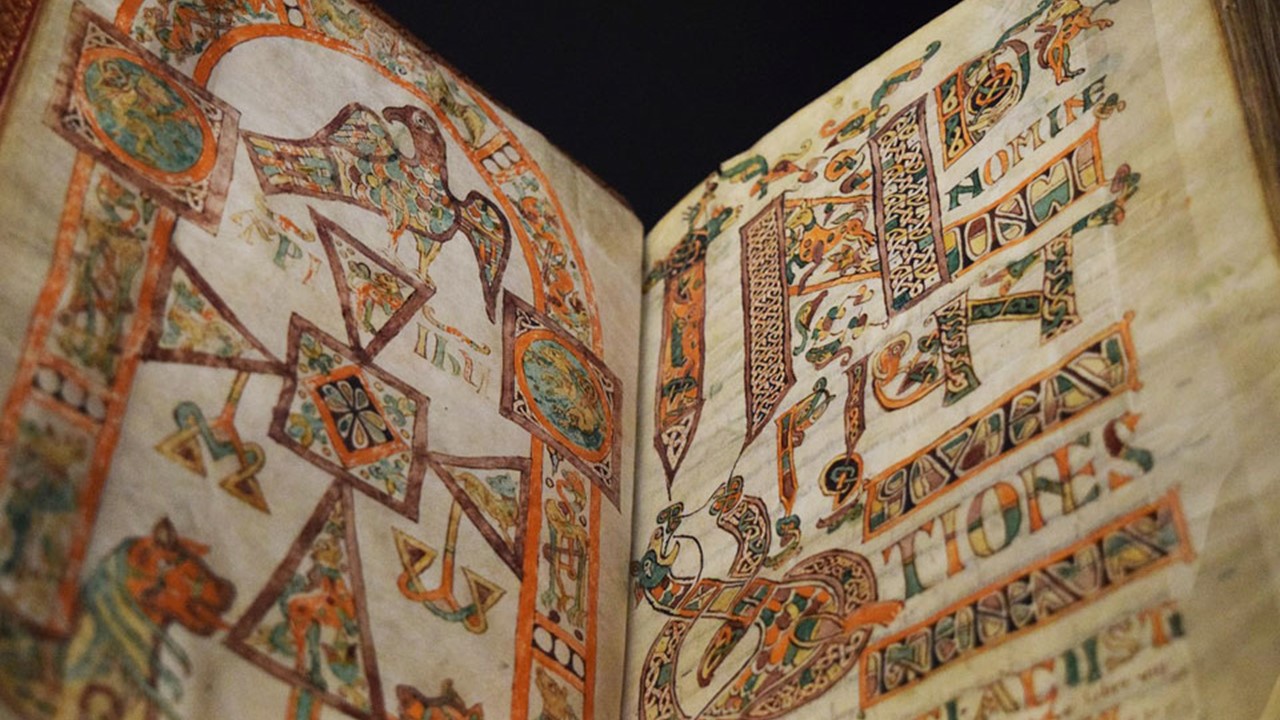
Once upon a time, in the ancient land of the Franks, there lived a great warrior named Merovech. Merovech was no ordinary man; he had a legendary tale woven into the very fabric of his being. His mother was the Queen of the Franks, An intelligent and powerful woman, who held a mysterious secret… One day, as she wandered along the shores of the great sea, a magnificent sea monster named ‘Quinotaur’ appeared before her. This creature was unlike anything she had ever seen, with shimmering scales and gentle eyes. They spent joyful days together, swimming in the sea, sharing stories and laughter. Their coming together brought forth the child Merovech, a blend of both sea and land, destined for greatness. He became the founder of The Merovingian Dynasty of the Francs, strong and wise. His legacy lived on through generations, becoming a testament to the magical love that had once graced the land and the sea. (my own presentation of the Merovingian legend)
So, let’s explore the ‘who,’ ‘how,’ and ‘what’ of the Merovingian Dynasty by answering some questions!
‘Who’ were the Merovingians and ‘What’ defined their dynasty? The Merovingians were a dynasty of Frankish kings that ruled over a significant portion of what is now modern-day France and parts of Germany from the 5th to the 8th centuries. They were named after Merovech, a semi-legendary figure who was thought to be their ancestor.
The dynasty was founded by Merovech’s son, Childeric I, and expanded by his son Clovis I, who is credited with uniting the Franks and converting to Christianity, specifically to Catholicism. Under Clovis I and subsequent Merovingian kings, the dynasty expanded its territory through military conquests, incorporating various Germanic and Gallo-Roman regions. The Merovingian kings were initially strong warriors but later became somewhat figurehead rulers due to a system of decentralization, where local rulers and nobles gained significant autonomy. This led to a weakened central authority. Over time, the dynasty faced internal strife, infighting, and challenges from other Frankish noble families. The decline of the Merovingian Dynasty ultimately paved the way for the rise of the Carolingians, with Charlemagne becoming a central figure in consolidating power and reuniting much of Western Europe.
‘What’ historical and archaeological evidence supports the early history of the Merovingians? The early history of the Merovingians is primarily supported by a combination of historical texts, archaeological findings, numismatic evidence (coinage), and contemporary accounts from neighboring cultures. For instance, works like “Historia Francorum” by Gregory of Tours, a bishop and historian, provide valuable historical accounts of the Merovingian Dynasty, including the reigns of various Merovingian kings and important events during their rule. Additionally, “Fredegar’s Chronicle,” compiled by an anonymous Frankish chronicler known as Fredegar, covers the history of the Franks and the Merovingian Dynasty, offering insights into their early history and political developments.
Diplomatic communications between Merovingian rulers and other contemporary powers, such as Byzantine emperors and popes, provide historical context and shed light on their political relationships, alliances, and conflicts, while Ecclesiastical Documents from the Merovingian period provide information on religious practices, conflicts, and the influence of Christianity on the Merovingian rulers and society. By synthesizing information from these sources, historians construct a comprehensive understanding of the early history of the Merovingians and their contributions to the development of medieval Europe.
Numismatic Evidence, particularly coins minted during the Merovingian era, offers information about their political and economic activities, rulership, and trade relations with neighboring regions. The design, inscriptions, and use of different metals provide insights into their economy and society.
Finally, archaeological excavations of religious sites, graveyards, and tombs associated with the Merovingian period provide valuable insights into their society, beliefs, culture, and burial practices. The discovery of artifacts, grave goods, and the architecture of these tombs helps in understanding their beliefs and social structure. Excavations of royal residences, on the other hand, provide clues about the lifestyle, architecture, and level of sophistication of the Merovingian elite. These sites reveal aspects of governance, art, and material culture.
‘How’ did the arts and culture flourish during the time of the Merovingian Dynasty? During the time of the Merovingian Dynasty, spanning from the 5th to the 8th centuries, arts and culture experienced a distinctive evolution and expression within the Frankish Kingdom. However, it’s important to note that the available historical evidence regarding the arts and culture of this period is relatively limited compared to later medieval periods.
The artistic style during the Merovingian era was influenced by a blend of Germanic, Roman, and early Christian artistic traditions. The Merovingians adopted certain Roman artistic elements, such as architectural designs, while incorporating their own unique styles and themes. For instance, churches and monastic complexes showcased a fusion of Roman architectural features and Germanic influences, often displaying simple designs, rounded arches, and timber construction.
Intricate metalwork, especially in the creation of jewelry like brooches and buckles, held significant artistic value. These pieces often boasted elaborate patterns, filigree work, and the use of gemstones. Additionally, though the number of surviving illuminated manuscripts from this era is limited, some notable examples exist. Manuscripts, typically religious in nature and including Gospel books and psalters, were adorned with colorful illuminations and decorated initials.
In conclusion, the arts and culture flourished during the time of the Merovingian Dynasty, showcasing a unique blend of Germanic, Roman, and early Christian artistic influences. Despite the limitations in available historical evidence, the Merovingians left a lasting legacy through intricate metalwork, expressive jewelry designs, distinctive architectural styles in religious structures, and the production of illuminated manuscripts adorned with vibrant illuminations. These cultural and artistic achievements reflect the dynamic evolution and creative expression within the Frankish Kingdom during the Merovingian era from the 5th to the 8th centuries.
For a PowerPoint on Merovingian Art, please… Check HERE!
Bibliography: The Oxford Handbook of the Merovingian World, edited by Bonnie Effros, and Isabel Moreira, published on the 8th of October, 2020 https://books.google.gr/books?hl=el&lr=&id=xST3DwAAQBAJ&oi=fnd&pg=PP1&dq=The+Merovingian+Dynasty&ots=zyZ-N5vg-x&sig=TvAontTndZCF2UAkmxsmpawr97Q&redir_esc=y#v=onepage&q=The%20Merovingian%20Dynasty&f=false, https://www.oxfordbibliographies.com/display/document/obo-9780199920105/obo-9780199920105-0095.xml, https://gallica.bnf.fr/html/und/histoire/les-temps-merovingiens?mode=desktop and https://academic-accelerator.com/encyclopedia/merovingian-art-and-architecture